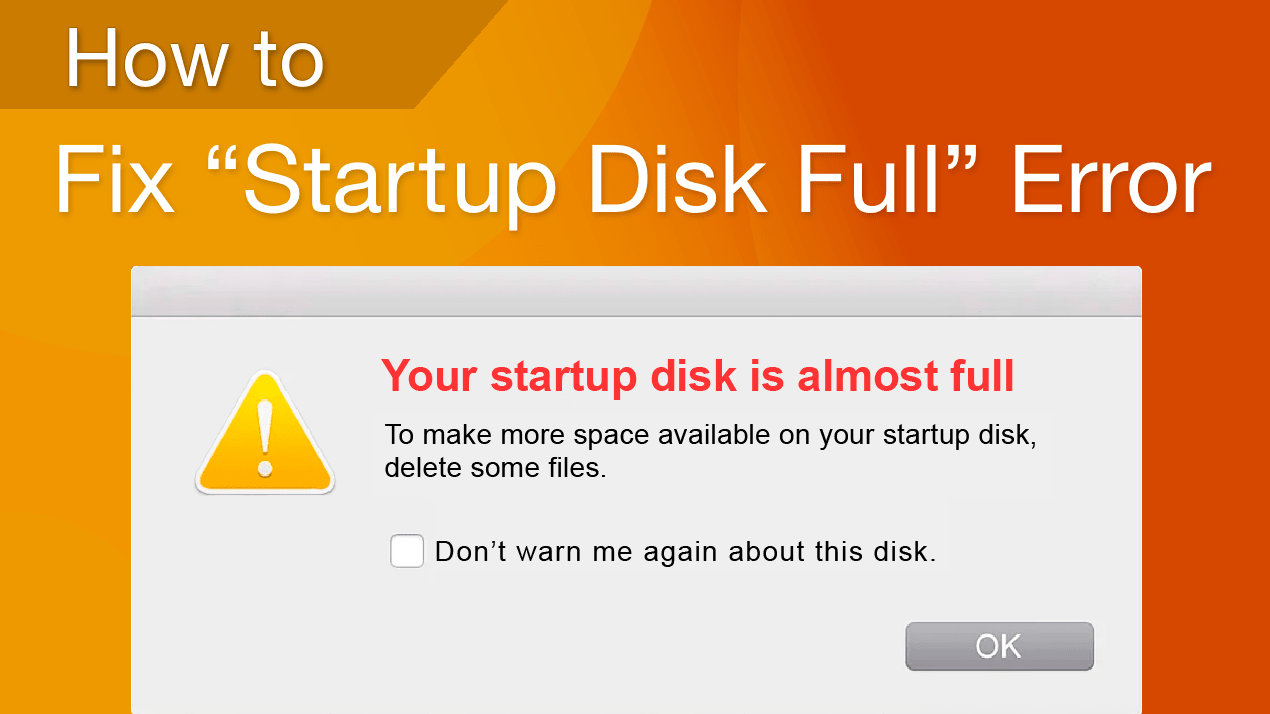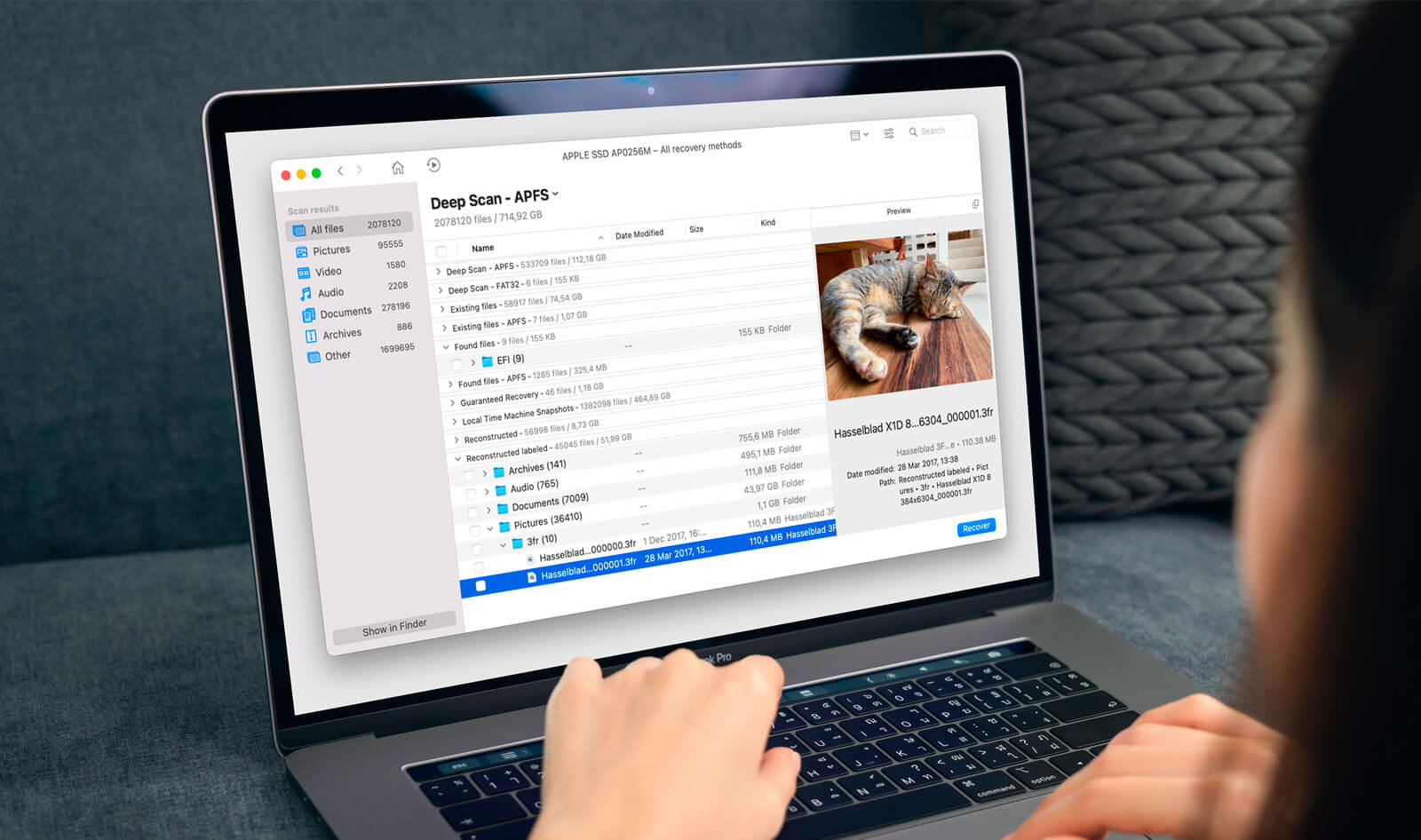

- #DELETE FILES ON MAC PRO FOR SPACE HOW TO#
- #DELETE FILES ON MAC PRO FOR SPACE INSTALL#
- #DELETE FILES ON MAC PRO FOR SPACE UPDATE#
- #DELETE FILES ON MAC PRO FOR SPACE ARCHIVE#
- #DELETE FILES ON MAC PRO FOR SPACE SOFTWARE#
#DELETE FILES ON MAC PRO FOR SPACE UPDATE#
After you are satisfied that an iTunes update is performing nominally, trash old iTunes Library files with your Home > Music > Previous iTunes Library folder, then empty the Trash. Recent versions of iTunes® create a backup of your current iTunes Library file whenever the iTunes application is updated.
#DELETE FILES ON MAC PRO FOR SPACE SOFTWARE#
If your Macintosh HD > Applications folder is cluttered with applications you are no longer using or trial software that shipped with your Mac that you do not intend to use, then uninstall them.
#DELETE FILES ON MAC PRO FOR SPACE HOW TO#
Mac OS X 10.2 Jaguar: See the AppleCare Knowledge Base document "Mac OS X 10.2: How to Delete a Previous Systems Folder." Uninstall unused applications.Type your Admin password when requested to authenticate this operation.Using your Admin account, drag the Previous Systems folder to the Trash.
#DELETE FILES ON MAC PRO FOR SPACE ARCHIVE#
Once you are satisfied that your Mac is functioning properly after an Archive and Install, you can delete the Previous Systems folder as follows:
#DELETE FILES ON MAC PRO FOR SPACE INSTALL#
If you have performed an Archive and Install of Mac OS X, a Previous Systems folder was created containing your prior Mac OS X System folder. Many applications require English and will not open if English is removed.ĭelete the Previous Systems folder from a prior Archive and Install Only use a version that is compatible with the version of Mac OS X you have installed. Warning:īe sure to thoroughly read the instructions before using Monolingual. You can save roughly 200MB of disk space by removing unneeded localization files using the freeware utility Monolingual. These files enable the Mac OS X interface to appear in a variety of languages. If you selected the Easy Install option when installing Mac OS X, localization files for over a dozen languages are installed.

"Mac OS X 10.5 Help: Compressing files and folders."."Mac OS X 10.6 Help: Compressing files and folders.".

To use this function, see the following AppleCare® Knowledge Base document corresponding to the version of Mac OS X you are using: These archives are generally far smaller than the original files they contain, provided the original is not already in a compressed format. Mac OS X 10.3 Panther® and later include a built-in function for creating compressed archives of files or folders. If you have not done so already, this is an excellent time to consider implementing a comprehensive backup and recovery solution. Archive old filesĪrchive move, copy and delete, or backup and remove files you do not use regularly to CD or another backup medium. E mptying the applications Trash may delete its contents immediately or move its contents to your personal Trash, which you can then empty as noted above. Some applications, such as iPhoto® and Mail, have their own Trash, spearate from the Trash seen in the Dock. In Finder, select Finder > Empty Trash or, under Mac OS X 10.3 or later, you can also select Finder > Secure Empty Trash.ĭo not use the Trash as a temporary storage area: only put an object in the Trash if you are sure it is no longer needed. Empty the TrashĪs obvious as it may sound, some folks regularly Trash files but neglect to periodically empty the Trash. You can employ any of the following tips to increase the free space available on your Mac OS X startup disk without altering your hardware. In the General pane, the Capacity, Available (free space), and space Used on your startup disk will be displayed, as seen in the following screen shot:


 0 kommentar(er)
0 kommentar(er)
